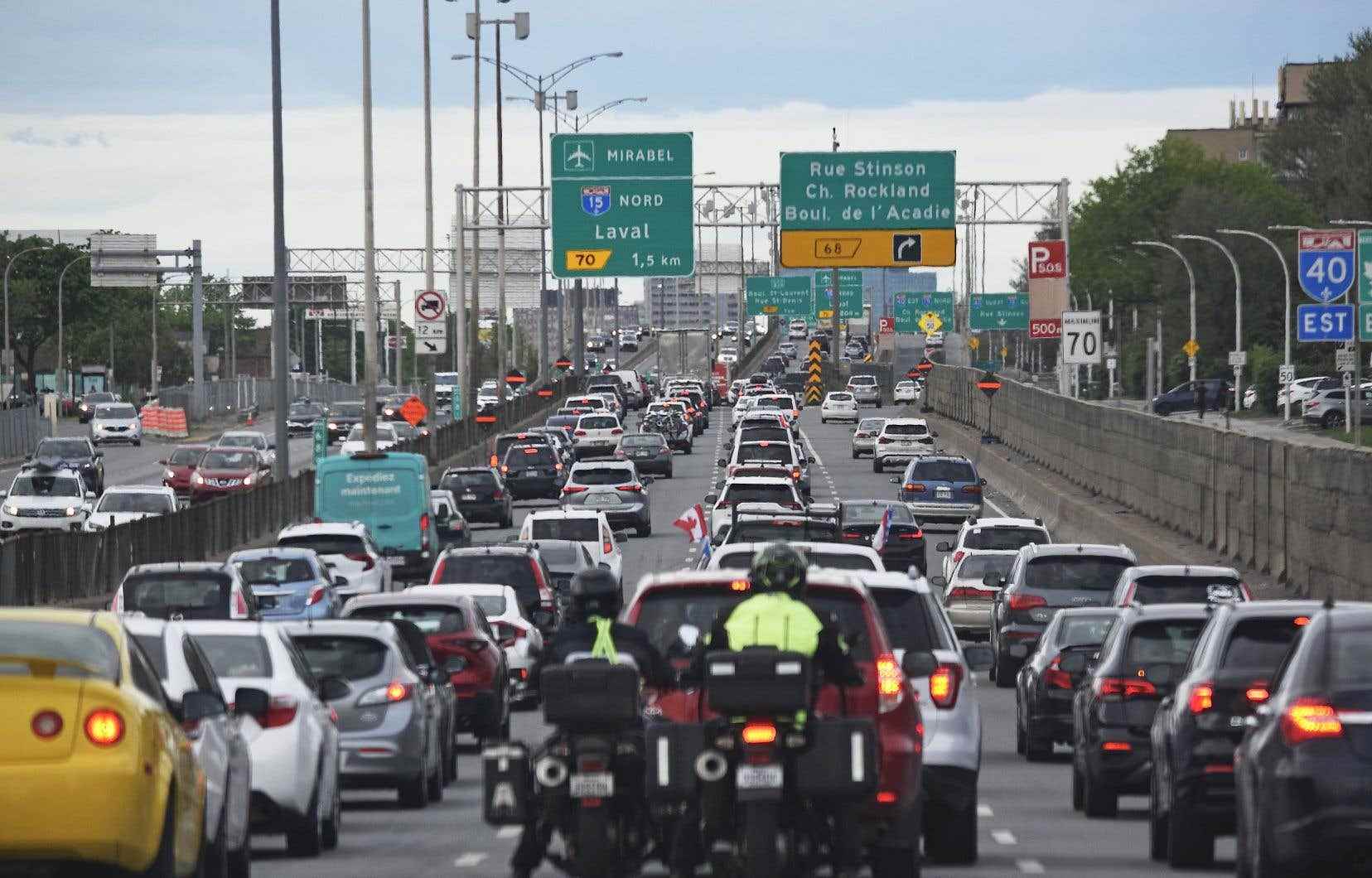Sport utility vehicles are not only gaining popularity in Quebec. In fact, the phenomenon is global, observes the international energy agency in an analysis published on Monday. This growth in the fleet of more fuel-efficient vehicles is stimulating oil demand, in addition to having produced nearly a billion tonnes of greenhouse gases last year.
Car sales did not have a good year in 2022, but sports utility vehicles (SUVs) were an exception. What “raise more concerns about their impact on efforts to tackle climate change”, underline the five experts who sign the note published by the International Energy Agency (IEA).
The data compiled by the organization is not misleading. While car sales were down 0.5% last year, SUV sales were up 3% from 2021. Overall, this market for more fuel-intensive vehicles — about 20% more oil than a mid-size — thus accounted for 46% of all vehicle sales worldwide, with marked growth in the United States, Europe and India.
The upward trend in the number of SUVs is also holding up very well around the world, according to figures from the IEA. Last year there were 330 million of these vehicles on the roads of the planet, against 69 million 10 years ago. This is a 478% increase over a decade.
Thirst for oil
The greenhouse gas (GHG) emissions of this fleet obviously follow this upward trend. CO emissions2 of these vehicles increased by 70 million tonnes last year, which means that global emissions were close to one billion tonnes. It must be said that for the year 2022 alone, the increase in the daily demand for oil to supply SUVs in the world reached 500,000 barrels. This represents “a third of the growth in global oil demand”, specify the experts of the IEA.
The popularity of SUVs is also reflected in an increase in sales of electric models, which accounted for about half of all electric vehicle sales worldwide. If this electrification reduces GHG emissions from the transport sector, the IEA nevertheless points out that heavier and more imposing vehicles need larger batteries, which has the effect of increasing the demand for critical minerals.
Experts therefore recommend “reducing” the size of vehicles, but also developing the technologies needed to make batteries more efficient. In his report World Energy Outlook 2022, the IEA also mentioned the idea of influencing consumer behavior by imposing measures to reduce the appeal of SUVs, in particular by restricting access to the city centre. Overall, the organization is formal: the trajectory that leads us to “carbon neutrality” requires reducing the number of SUVs on the roads.
Increase in Quebec
It is exactly the opposite phenomenon that occurs in several regions of the world, particularly in Quebec. The State of Energy in Quebec 2023 points out that sales of SUVs, vans and pickup trucks have increased markedly over the years in the province. These have also increased by 253% between 1990 and 2021, to the point of representing 71% of sales in the province in 2021, according to data compiled by the Chair of Energy Sector Management at HEC Montreal.
According to the most recent report from the Société de l’assurance automobile du Québec, in 2022 there were nearly 2.38 million personal vehicles of the “light truck” type, which includes SUVs, vans and pickup trucks. In 2017, that number was 1.86 million. This is an increase of 520,000 vehicles. Note: the upward trend in the number of “light trucks” is a reality in all regions of Quebec.
“The proliferation of SUVs is very bad news for urban sprawl and land use, because it encourages less density,” says the holder of the HEC Montréal Chair in Energy Sector Management. , Pierre-Olivier Pineau.
According to Équiterre, the current advertising discourse contributes to the popularity of larger vehicles. For example, a study published last year by the organization showed that light trucks appear in 79% of automotive advertisements in newspapers and magazines.
